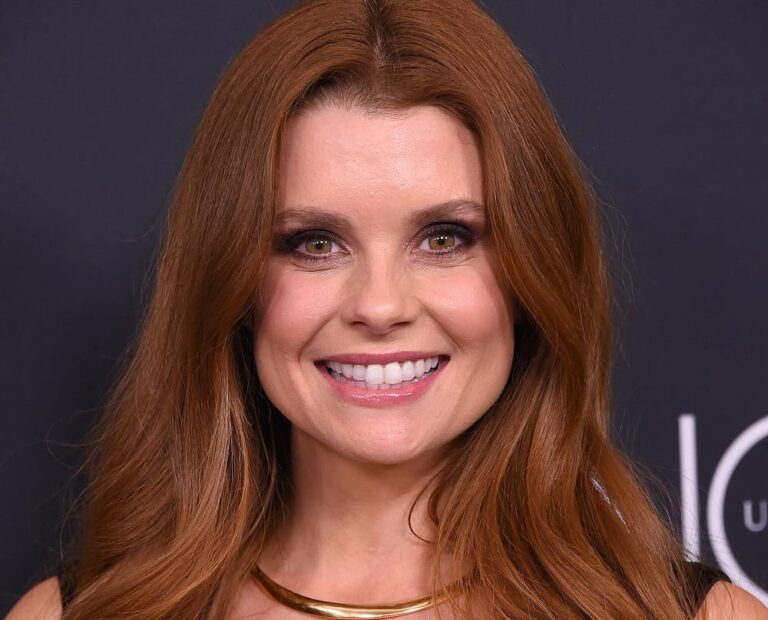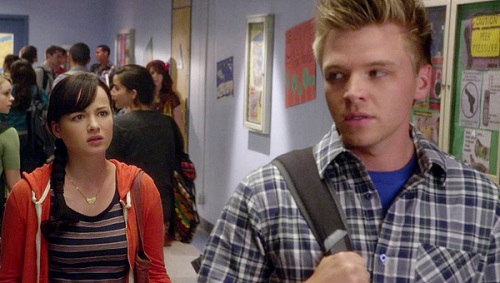
Nintendo took a huge gamble launching the GameCube in 2001 without a Super Mario game. Instead, they shifted the spotlight over to Mario’s younger brother Luigi and released the system with a brand new series. That of course, was Luigi’s Mansion, a game that marked Luigi’s first starring role and one of the best games released on the Gamecube. Super Mario Sunshine arrived the following year in 2002, six years after Nintendo stunned the world with Super Mario 64. On its own merits, Super Mario Sunshine is a fun game with some great levels, but it just wasn’t enough to satisfy fans who waited so long for a follow-up to one of the greatest games ever made. It wasn’t even enough to outdo the superior Luigi’s Mansion released a year earlier. Super Mario Sunshine was a disappointment, and nearly 15 years after its release, it’s easy to see why.
Story wise, Super Mario Sunshine isn’t all too different from the previous games, only that it opens with a cute but extremely long prologue. Set in the aftermath of Mario 64, Mario, Peach and their entourage decide to take a vacation and travel to the beautiful tropical island of Delfino. But trouble is afoot and Mario finds himself in a messy situation when he crosses paths with a Mario-look-alike who has vandalized the entire island with graffiti and unleashed terrible paint-gushing invaders to terrorize everyone in sight. In a case of mistaken identity, Mario is taken to court and sentenced to clean up the island with the help of FLUDD, a water cannon that he carries on his back. In typical Super Mario fashion, the princess is captured and Mario must once again save the damsel in distress.
Super Mario Sunshine has a lot in common with 1996’s Super Mario 64, including technical issues that can make playing the game a bit frustrating. Sunshine’s major problem is in the control department, specifically the camera. Sure the camera gives you more freedom than its predecessor, allowing complete rotation via the C-stick, but keeping the camera stable can be vexatious, and can cost a player a life enough times to lose count. In fact, much of the game’s difficulty comes from having to keep the camera in check while performing Mario’s otherwise simple tasks. The camera also has a tendency to clip into the scenery causing Mario to fall through objects or get stuck inside walls. And while the same complaints can be made about Mario 64 — that game is truly breathtaking from start to finish — making it easier for fans to forgive its one flaw. Sunshine, however, is not Mario 64, and its look, sound, and game challenges don’t quite match the genius of the Nintendo 64 groundbreaking masterpiece.

That isn’t to say Sunshine isn’t worth playing. It most definitely is, and it isn’t a bad game by any stretch of the imagination. Exploring huge 3D environments that range from an amusement park complete with a rollercoaster ride to levels with beautiful waterfalls, right down to the ancestral home of the Piantas, can be a lot of fun. Aside from the hub area (which alone has a rather large collection of secrets to uncover), the game contains seven levels. Just like Super Mario 64, each level is broken up into multiple sequential objectives, meaning you’ll have to reenter each level multiple times in order to advance further in the game. Each one of the levels contains eight courses, and completing a course results in receiving a shine.
As for the levels themselves, in size at least, they are a huge step up from the levels in Super Mario 64.
On one hand, Nintendo made a strong effort to build a consistent world and the team even went through the trouble of showing stages in the background which adhere to the geography shown on the map screen. The sheer variety in level design and objectives will keep players coming back for more and there is a ton of new enemies to discover along the way. But while many levels are enormous, a significant portion of these levels feature nothing but empty space, which is somewhat disappointing considering the game’s wonderful art direction. While a few challenges truly stand out, others such as the red coin challenges, are simply tedious, and completing them can feel like a chore. Even worse, each level has at least one mandatory red coin challenge, and some of them must be performed within certain time limits. The fact that you’ll have to play each level at least seven times isn’t inspiring, even if the levels do change slightly from objective to objective. Repetition is the second major problem with Sunshine. Not only do players have to replay levels, but they also have to chase after the same villain over and over again. Each level has one goal devoted to chasing the evil Mario clone and hosing him down until he gives you a shine. There is a total of 120 shines in Super Mario Sunshine, but as with any Mario platformer, you can finish the game with less than half that number. The level goals are mostly pretty straightforward, but unlike other Mario platformers, Sunshine is missing a variety of power-ups. Here Mario must rely mostly on his FLUDD which allows him to hover and fly around levels, as well as spray enemies with water. In other words, don’t expect too much variety here.

Super Mario Sunshine does feature some pretty memorable boss battles including Mecha-Bowser (a giant mechanical version of Bowser, controlled by Bowser Jr.) — Monty Mole (who shows up arming a large, triple-gun cannon that fires Bullet Bills, Bob-ombs, and Glorpedoes) — and of course Mario’s arch-nemesis, Bowser, who is found sitting in a hot tub full of green sludge floating in the skies of Corona Mountain. Super Mario Sunshine is a great-looking game from a technical standpoint. It runs at a solid 60 frames per second and features a colorful cast of characters who are all well animated. The same cannot be said about the soundtrack which mixes old tunes and new arrangements. The game’s music is good, but none of it really stands out like the other soundtracks in the series.
The in-game camera is far too problematic; the opening prologue is far too long and even Yoshi seems wasted in this instalment. As far as platformers go, Sunshine is one of the best released for the GameCube, but that isn’t saying much. On the whole, Super Mario Sunshine didn’t do anything to shake up the 3D platformer genre. That, however, would soon change in a galaxy far away …
– Ricky D
[button color=”red” size=”medium” link=”http://www.popoptiq.com/super-mario-64-review/” icon=”” target=”false”]Back: Super Mario 64[/button]





